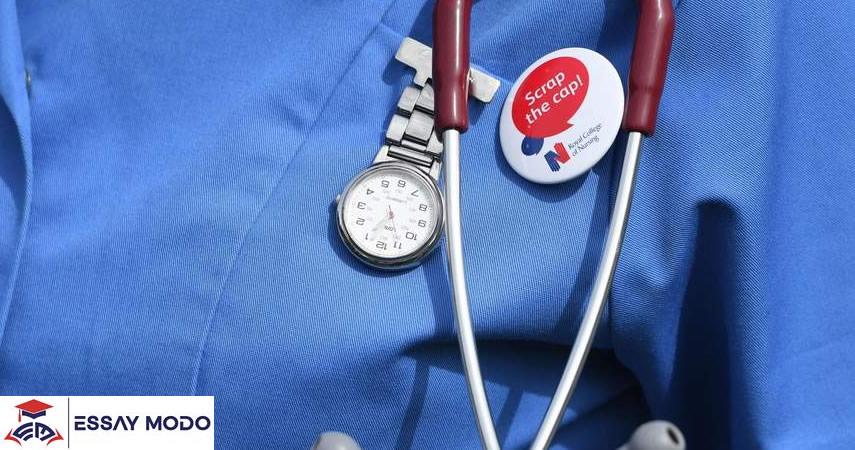How to Build Rapport With Your Patients
Nurses and other caregivers spend more time with patients than doctors or even their families. Doctors might get most of the glory for treatment, but caregivers perform the essential tasks including giving medication, feeding, cleaning, helping with exercises and any other thing that contributes to recovery by patients.
Nurses command respect and trust, but this begins by striking a rapport with the patients. Making a positive connection with the patients is essential for fulfilling nursing practice. The patients also benefit because they experience safer care and will probably feel better about the work and this is the thing that makes a nurse happy. Here are great ways of establishing a rapport with patients
1.Start conversation with an introduction
It is friendly to begin attending to a patient before an introduction. The patient can identify a nurse due to scrubs and roles but will not appreciate someone who starts performing tasks without introduction about his or her role in the clinical team. First words play a significant role in building a positive relationship with patients. It shows patients about the desire by the nurse to let patients know the purpose of the visit and duties to perform when taking care of them.
Nurses attend to patients in a personal space and walking in on them without an introduction might feel like an invasion of their privacy. They will feel odd if someone, for instance, starts taking their temperature or heart rate without explaining the purpose. A time when nurses can work without an introduction is when a patient is asleep or during an emergency that requires helping a doctor to perform the fast treatment or evacuation.
ALSO READ:BEST NURSING TERM PAPER WRITING SERVICE
2.Communicate well and frequently
Effective communication is the foundation of establishing trust with patients. A nurse can go through an introduction phase with a patient effortlessly, but it will work better with an attempt to develop a snapshot of other life. A conversation after a "know you phase" can focus on learning about hobbies, family, friends their usual daily activities and working environment.
Communicating frequently makes nurses to become a party of patients’ lives. They can take advantage of the moment to communicate issues that can help a patient such educating them about their health challenges and provide them hope that they will heal.
Communication is a two-way process. It is essential that nurses also listen to the thoughts, comments, and concerns by the patients as well as ask to follow up questions before a conclusion.
3.Keeping promises
Doing things that nurses say is a highly efficient way to build a strong rapport with the patients. Patients trust nurses who return to do the things that they promise. It is the reason why it is wrong for nurses to promise things that they are unable to perform because the patient will see it as n underperformance. Waiting can be stressful for nurse’s patients and make them vulnerable to other conditions.
Nurses should inform the patient if the ability to perform a task changes. They must avoid being defensive if the reason for failing to fulfill something is because of another person. A complaint about staffing issues is a preserve of the supervisor but not the patients.
4.Personalize the conversations
Patients especially those in inpatient care are scared of their condition or feel uneasy about the environment. You can ease their stay by determining and discussing the things that they like. Discussions revolving about aspects they hold in high regard make a patient notice that a nurse desires to understand them as a person and not just their illness. Nurses can build a trusting relationship by taking extra time to connect with patients after attending to their care duties as they feel the appreciation. A patient stops seeing nurses who go beyond treating them as "in-patient number 1000 in room 10" as any caregiver. They appreciate that someone first sees him or her as a human being.
Nurses ill strike a rapport and maintain a relationship by actively listening to their patients. It seems callous when the nurse listens while charting, writing or working, entering data on the computer or performing other tasks without responding. It would be wrong to interrupt the patient but nodding, repeating something he says, acknowledging words and eye contact shows that a nurse is taking comprehending.





